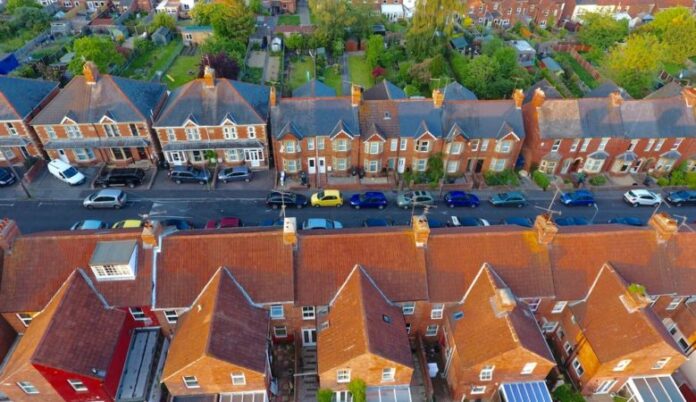Annual house price growth rebounded to 7.1% in April, from 5.7% in March according to the latest Nationwide price index.
Prices rose 2.1% month-on-month, the biggest monthly rise since February 2004 and it is forecast that annual growth will reach double digits in June if prices are flat over next two months
Commenting on the figures, Robert Gardner,Nationwide’s Chief Economist, said:
“Annual house price growth accelerated to 7.1% in April, only slightly below the peak of 7.3% recorded in December and up from 5.7% in March. In month-on-month terms, house
prices rose by 2.1% in April, after taking account of seasonal effects, the biggest month rise since February 2004.
“Just as expectations of the end of the stamp duty holiday led to a slowdown in house price growth in March, so the extension of the stamp duty holiday in the Budget prompted
a reacceleration in April.
“However, our research suggests that while the stamp duty holiday is impacting the timing of housing transactions, for most people it is not the key motivating factor prompting
them to move in the first place. For example, amongst homeowners surveyed at the end of April that were either moving home or considering a move, three quarters said this would have been the case even if the stamp duty holiday had not been extended.”
He added that :
“Housing market activity is likely to remain fairly buoyant over the next six months as a result of the stamp duty extension and additional support for the labour market
included in the Budget, especially given continued low borrowing costs and with many people still motivated to move as a result of changing housing preferences in the
wake of the pandemic.
“With the stock of homes on the market relatively constrained, there is scope for annual house price growth to accelerate further in the coming months, especially given the
low base for comparison in early summer last year. Indeed, if house prices remain flat in month-on-month terms over the next two months, the annual rate of growth will reach double digits in June.
“Further ahead, the outlook for the market is far more uncertain. If unemployment rises sharply towards the end of the year as most analysts expect, there is scope for activity to
slow, perhaps sharply.
“However, shifts in housing preferences may continue to support activity, even if labour market conditions weaken.Indeed, at the end of April, 25% of homeowners surveyed
said they were either in the process of moving or considering a move as a result of the pandemic, only modestly below the 28% recorded in September last year. Given that only around 5% of the housing stock typically changes hands in a given year, it only requires a relatively small proportion of people to follow through on this to have a material impact.







